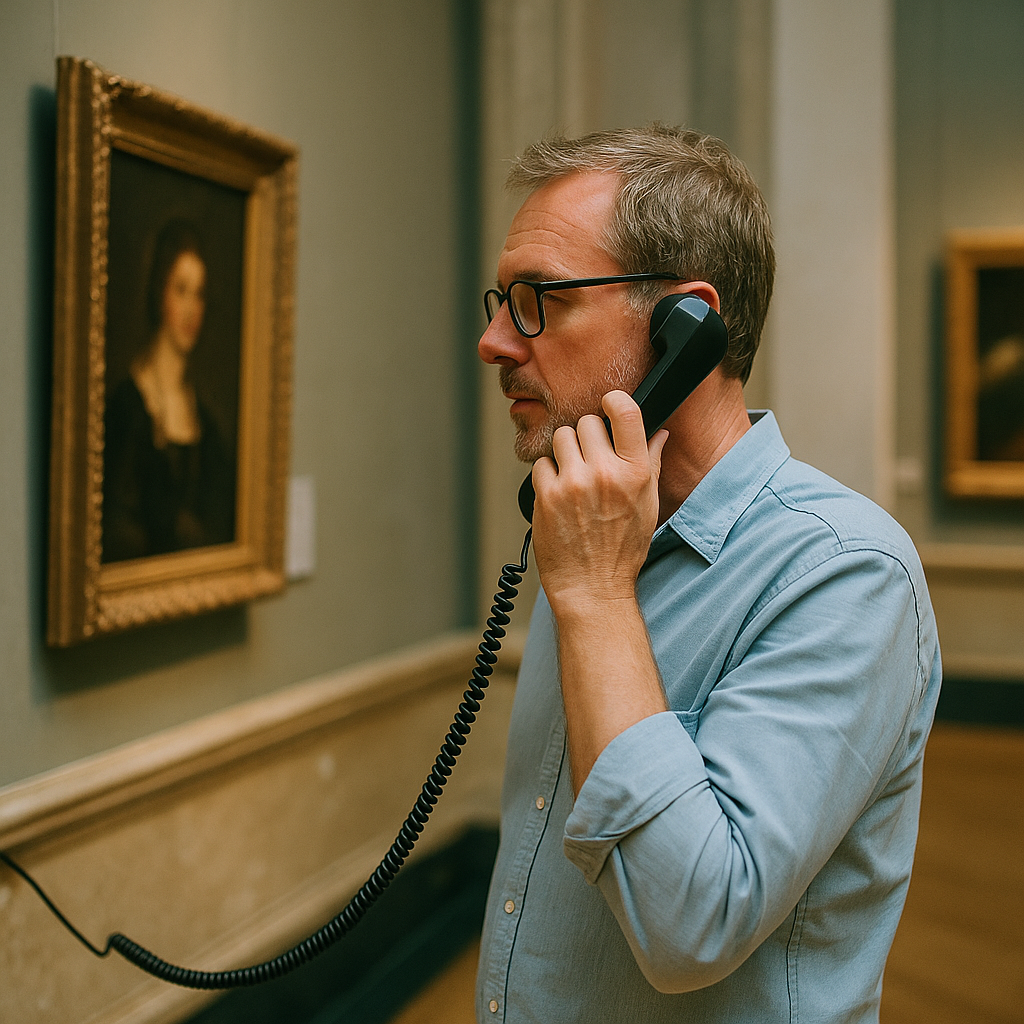The High Cost of Standing Still: Why Most Museums Haven't Truly Updated in Decades
Published: 08 July 2025 | Innovation, Museums, Digital

Table of Contents
1 · Introduction: A Sector Frozen in Time
While smartphones, streaming and AI reshape daily life, 71 % of museums worldwide still depend on technology first deployed in the 1990s. Visitors notice: a 2024 MuseumNext poll found "outdated tech" the #1 complaint among Gen Z museum-goers.
2 · Five Signs Museums Haven't Moved On
| Symptom | Evidence | First widespread launch |
|---|---|---|
| One-way audio handsets | Only 5 % of visitors rent them today | 1952 |
| Paper labels unchanged | Viewing time still ≤ 21 s—unchanged since 2001 | 1970s |
| Static no-photo policies | 43 % of EU museums still forbid photography | 1980s |
| Lack of AR/VR layers | Only 18 % offer any immersive layer | 1995 |
| Limited accessibility tech | Visually-impaired visitors rely on ad-hoc solutions | 1990s |
3 · Why Change Has Stalled
- Budget & Procurement Cycles – grants favour capital projects; digital is "operational".
- Risk Aversion – curators fear tech distracts from artefacts.
- Siloed Teams – IT, education and curatorial rarely share KPIs.
- Legacy Contracts – long leases lock museums into old hardware.
- "Preserve over Progress" Culture – conservation outweighs engagement.
4 · The Hidden Costs of Stagnation
| Impact | Metric | Source |
|---|---|---|
| Declining Dwell-Time | 27 min (2024) vs 35 min (2010) | Museum Innovation Barometer |
| Missed Revenue | € 2.10 vs. € 3.40 spend in digital peers | ICOM 'Digital Leap' |
| Accessibility Gaps | 97 % rely on ad-hoc solutions | AMT-Lab 2024 |
| Relevance Risk | 62 % of Gen Z see museums as "static" | MuseumNext 2024 |
5 · "Digital Leap" During COVID: Myth vs. Reality
COVID forced many institutions online, yet only 29 % kept new digital programmes running after re-opening. Crisis-driven experiments faded, and the structural innovation gap remains.
6 · What Cutting-Edge Looks Like (and Why It Matters)
| Modern Solution | Live Example | Result |
|---|---|---|
| Conversational statues | Versailles GPT pilot 2024 | +28 % dwell-time; viral TikTok reach |
| BYOD digital guides | Kelkar Museum 2025 | +22 % visitor satisfaction |
| AI avatars | Frederick Douglass hologram Boston | 20 % higher knowledge recall |
7 · A Practical Roadmap for Museums Ready to Evolve
- Audit engagement pain points.
- Start with BYOD digital guide—lowest CapEx.
- Layer AI avatars for hero pieces to test ROI.
- Use analytics to prove gains; reinvest revenue.
- Scale to full AI Guide with dynamic paths.
Timeframe: 6–12 months; funding via EU creative-digital grants.
8 · How Janvs AI Bridges the Gap
- AI Guide adds conversational depth in under 30 days.
- AI Avatar brings historical figures to life.
- GDPR-ready analytics prove ROI to boards and funders.